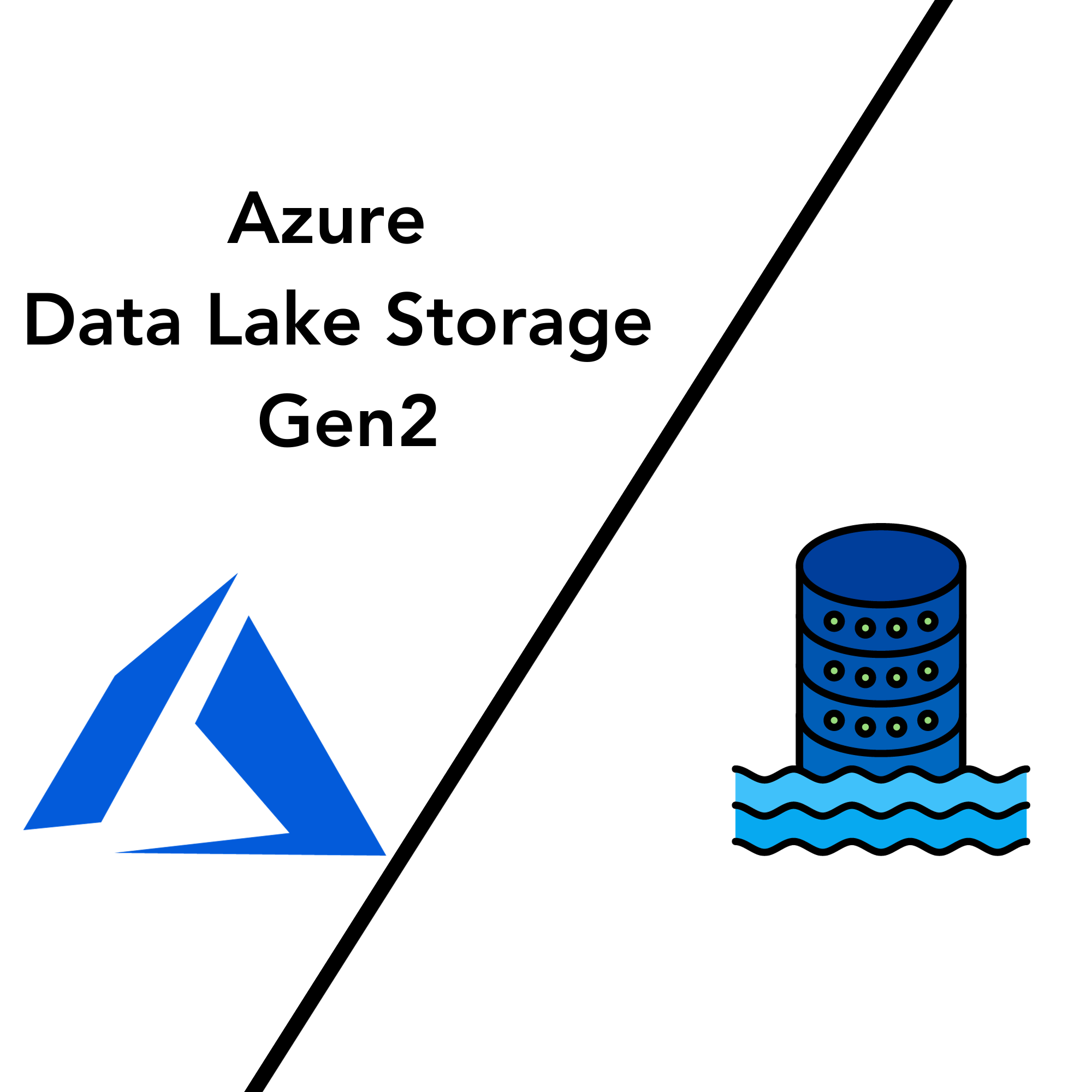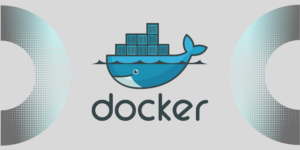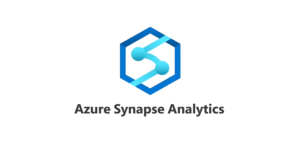Over the past two decades, many organizations have focused on creating data warehouses and business intelligence (BI) solutions using relational databases. However, these solutions often struggle to handle unstructured data effectively due to the high costs and complexity involved.
To address this challenge, data lakes have emerged as a popular solution. A data lake is a storage system that allows organizations to store various types of data, including structured, semi-structured, and unstructured files. It utilizes a distributed file system that can scale to accommodate massive amounts of data. This enables organizations to store large volumes of data in its original format and then utilize technologies like Apache Spark for processing and analysis.
Azure Data Lake Storage Gen2 is a cloud-based solution offered by Microsoft Azure specifically designed for data lake storage. It serves as the foundation for many large-scale analytics solutions built on Azure. By using Azure Data Lake Storage Gen2, organizations can efficiently store and manage their data lakes, enabling them the full potential of their data for analytics and insights.
Why Azure Data Lake Storage
A data lake is a storage place for data that is kept in its original form, like files or blobs. Azure Data Lake Storage is a powerful and cost-effective solution in Azure that allows you to create a data lake. It offers high scalability, strong security, and excellent performance for analytics purposes.
Data Lake Storage is specifically designed to handle large volumes of data, even at exabyte scale, you can build both real-time and batch solutions, making it a versatile foundation for various data processing needs.
- Hadoop compatible access: Data Lake Storage is great because it lets you work with your data as if it’s stored in a special system called Hadoop Distributed File System (HDFS). This means you can keep all your data in one spot and use tools like Azure Databricks, Azure HDInsight, and Azure Synapse Analytics without moving the data around. Plus, you can use a storage format called parquet that saves space and works well on different systems. It’s like having all your data in one convenient place and being able to use it easily.
- Security: Data Lake Storage supports access control lists (ACLs) and Portable Operating System Interface (POSIX) permissions. This security is configurable through technologies such as Hive and Spark or utilities such as Azure Storage Explorer.
- Performance: Azure Data Lake Storage organizes your stored data in a structured way using directories and subdirectories, similar to how files are organized in a file system. This hierarchical organization makes it easier to navigate and find specific data. This reduction in computational requirements saves both time and cost.
- Data redundancy: Data Lake Storage utilizes the replication models. These models provide data redundancy to ensure the availability and protection of your data. With locally redundant storage (LRS), your data is replicated within a single data center, guarding against localized failures. Alternatively, you can opt for Geo-redundant storage (GRS), which replicates your data to a secondary region, offering protection even in the event of a disaster or outage in the primary region.
How to enable Azure Data Lake Storage
Azure Data Lake Storage Gen2 is not a separate service in Azure. Instead, it is a feature that can be enabled within a StorageV2 (General Purpose V2) Azure Storage account.
To activate Azure Data Lake Storage Gen2 in your Azure Storage account, simply choose the “Enable hierarchical namespace” option on the Advanced page when creating the storage account in the Azure portal.

If you already have an Azure Storage account and wish to enable the Azure Data Lake Storage Gen2 capability, you can utilize the Data Lake Gen2 upgrade wizard available on the Azure portal page for your storage account resource. This wizard guides you through the process of upgrading your existing storage account to include the capabilities of Azure Data Lake Storage Gen2.

Azure Data Lake vs Azure Blob Azure Storage
In Azure Blob storage, you can store a lot of unstructured data, also known as “object” data, in a flat namespace within a blob container. You can use “/” characters in the blob names to create virtual “folders” and organize the blobs. However, in terms of managing the blobs, they are stored as a single-level hierarchy in a flat namespace.
Azure Data Lake Storage Gen2 enhances blob storage by using a hierarchical namespace to organize data into directories. This structure allows for faster and more efficient operations like renaming and deleting directories. Compared to flat namespaces, the hierarchical organization improves storage and retrieval performance for analytics and reduces analysis costs.
In summary, To store data without performing analysis or for archiving purposes, you can disable the Hierarchical Namespace option and set up the storage account as an Azure Blob storage account. This is useful for storing website assets like images and media or for storing data that won’t be analyzed.
On the other hand, if you’re performing analytics on the data, enable the Hierarchical Namespace option to set up the storage account as an Azure Data Lake Storage Gen2 account. Azure Data Lake Storage Gen2 is seamlessly integrated into the Azure Storage platform, allowing applications to access the data using either the Blob APIs or the Azure Data Lake Storage Gen2 file system APIs. This flexibility enables smooth data access for analytics purposes.
Conclusion
In this article, we have explored the world of Azure Data Lake Storage Gen2, from its enabling process to its advantages and the key differences it holds compared to Azure Blob storage. We have learned about the importance of enabling the hierarchical namespace and upgrading existing Azure Storage accounts to unleash the full potential of Azure Data Lake Storage Gen2.
By understanding the benefits of Azure Data Lake Storage Gen2, such as its seamless integration with compute technologies and support for efficient storage mechanisms, we can now make informed decisions when it comes to managing and analyzing large volumes of data.
We sincerely hope that this article has provided you with valuable information and insights. We encourage you to leave your comments below, sharing your thoughts and experiences. Your feedback is greatly appreciated as we strive to deliver informative and helpful content.





One thought on “Understand Azure Data Lake Storage Gen2”